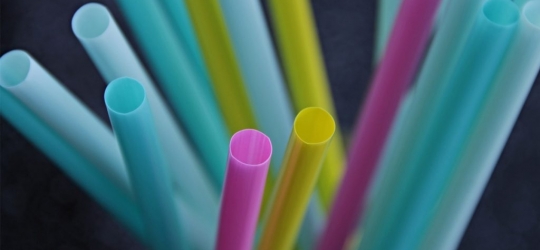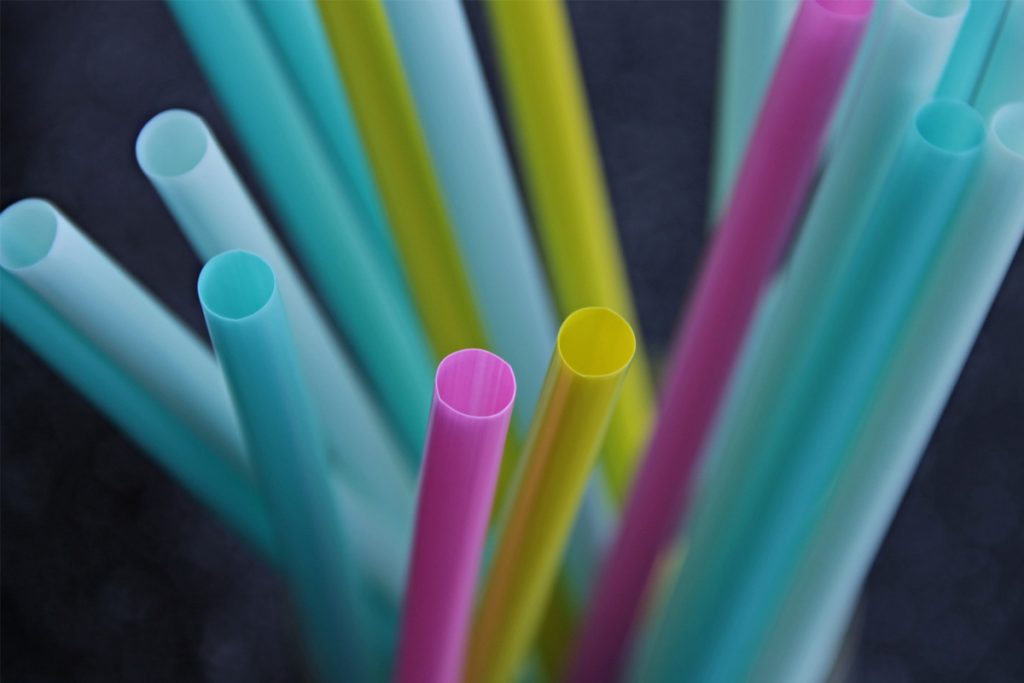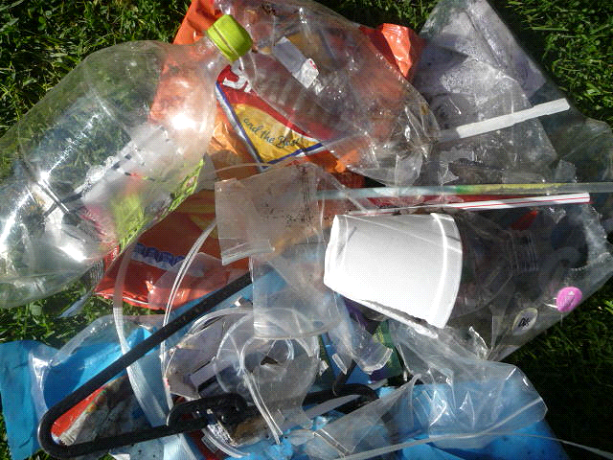
National Plastics Plan key to circular economy – Australia
Posted on March 9, 2021 by DrRossH in Plastic Limiting RegulationsSource: National Plastics Plan key to circular economy – Inside Waste

The National Plastics Plan is not just a step in the right direction, it is the furthest the federal government has ever gone in driving a closed-loop supply chain, according to Waste Management and Resource Recovery Association of Australia (WMRR).
The recently released plan aims to fight plastic waste in a multi-pronged way, proposing wide-ranging initiatives such as plastic-free beaches, new labelling guidelines, eliminating expanded polystyrene consumer packaging fill in food and beverage containers, and greater consistency in kerbside bin collections.
“WMRR congratulates the federal government for its leadership in this significant issue – plastic waste. This is the first time the federal government has stepped into the material space and it is encouraging that they are leading conversations which are starting to shift towards focusing on production and design, both of which are absolutely key to creating a true circular economy,” WMRR CEO, Gayle Sloan, said.
“This plan represents an opportunity for all Australian jurisdictions to work together on harmonised initiatives that will give Australia the best chance of working with the community to meet our national targets and aspirations, and there are interesting elements in the plan such as plastic-free beaches. The Australian community is one in its ambition to reduce the use of unnecessary plastics and having national cooperation and consistency will drive this agenda forward, ideally eliminating confusion.
“The penny has certainly dropped in many areas and we look forward to continued engagement with the government on how all stakeholders – manufacturers, the waste and resource recovery industry, governments, consumers and more – can come to the table to create a true circular economy across all material streams and not just a successful closed loop model.
“These high-level actions announced today are positive and welcome, but this is just the start of the journey; the details that will help us meet our goals and targets will need to be ironed out and our essential industry looks forward to working with all levels of government and other supply chain stakeholders as we strive ahead in our quest to build a sustainable Australia,” Sloan said. “Ideally, the federal government will adopt a polluter-pays model for managing packaging materials, with stronger independent oversight and improved targets of recycled content in plastics, given the current 20 per cent target for plastics is wholly inadequate.”
The federal Minister fro the Environment, Sussan LEy Ley said it was time to change the way we produce and consume plastics, and that it was time for states, industry and consumers to work together in driving sustainable change.
“We know the problems, we know that there are good ideas out there, but this is the first national strategy, one that attacks the issue from all sides and which sets clear targets over the next decade,” she said. “Australians consume 1 million tonnes of single use plastic each year and it is simply unsustainable. From plastic bottles to polystyrene packaging and plastic consumer goods, we are creating mountains of pain for the environment and wasting potential assets that can be used to make new products. We are attacking the plastic problem on five key fronts, through: legislation, investment, industry targets, research and development, and community education. We want to work with companies, bring consumers with us and call out those companies which make false environmental claims about their products.”
This may work or it might delay real action for another 10 years. If the industry is left to police itself it will not work. This has been demonstrated the last 30 years.

 How many people today grab a takeaway coffee cup from the local cafe to drink on the go? We don’t know, but the number must be enormous.. Most every one of the above have a plastic top that will last 100s of years. Some cafes still use plastic cups that last a similar time. Is 10 minutes of coffee worth 100s of years of trash?
These items can be seen littering our gutters and on our streets all over the place. If they were all cardboard, they would still be littered, but they would, at least, be gone in a short time.
They do not need to be made of plastic.
How many people today grab a takeaway coffee cup from the local cafe to drink on the go? We don’t know, but the number must be enormous.. Most every one of the above have a plastic top that will last 100s of years. Some cafes still use plastic cups that last a similar time. Is 10 minutes of coffee worth 100s of years of trash?
These items can be seen littering our gutters and on our streets all over the place. If they were all cardboard, they would still be littered, but they would, at least, be gone in a short time.
They do not need to be made of plastic.
 On the way home from the gym last week, a distance of about 1 km (1/2 mile), I counted the items of plastic litter on the curb as I walked. In that short distance I counted 63 pieces of plastic litter. Plastic drink bottles, bottle tops, candy wrappers, plastic film, polystyrene fragments etc. That seemed to be a lot to me. I guess it is a generational thing. Our parents would have been horrified to see that amount, whereas it seems to go unnoticed by our youth of today. In another 20 years how many pieces will there be on this stretch, -- 200? What will today’s youth think of that new amount then when they are older? Will their children be so readily accepting of a higher amount of litter?
On the way home from the gym last week, a distance of about 1 km (1/2 mile), I counted the items of plastic litter on the curb as I walked. In that short distance I counted 63 pieces of plastic litter. Plastic drink bottles, bottle tops, candy wrappers, plastic film, polystyrene fragments etc. That seemed to be a lot to me. I guess it is a generational thing. Our parents would have been horrified to see that amount, whereas it seems to go unnoticed by our youth of today. In another 20 years how many pieces will there be on this stretch, -- 200? What will today’s youth think of that new amount then when they are older? Will their children be so readily accepting of a higher amount of litter?
Discussion · No Comments
There are no responses to "National Plastics Plan key to circular economy – Australia". Comments are closed for this post.Oops! Sorry, comments are closed at this time. Please try again later.